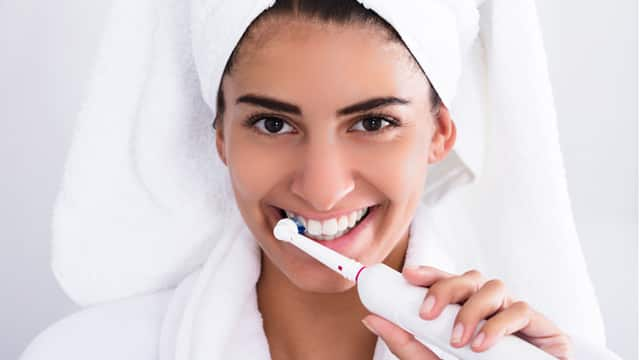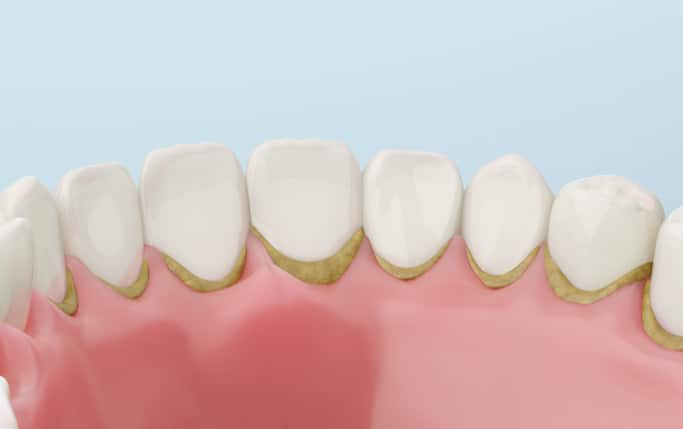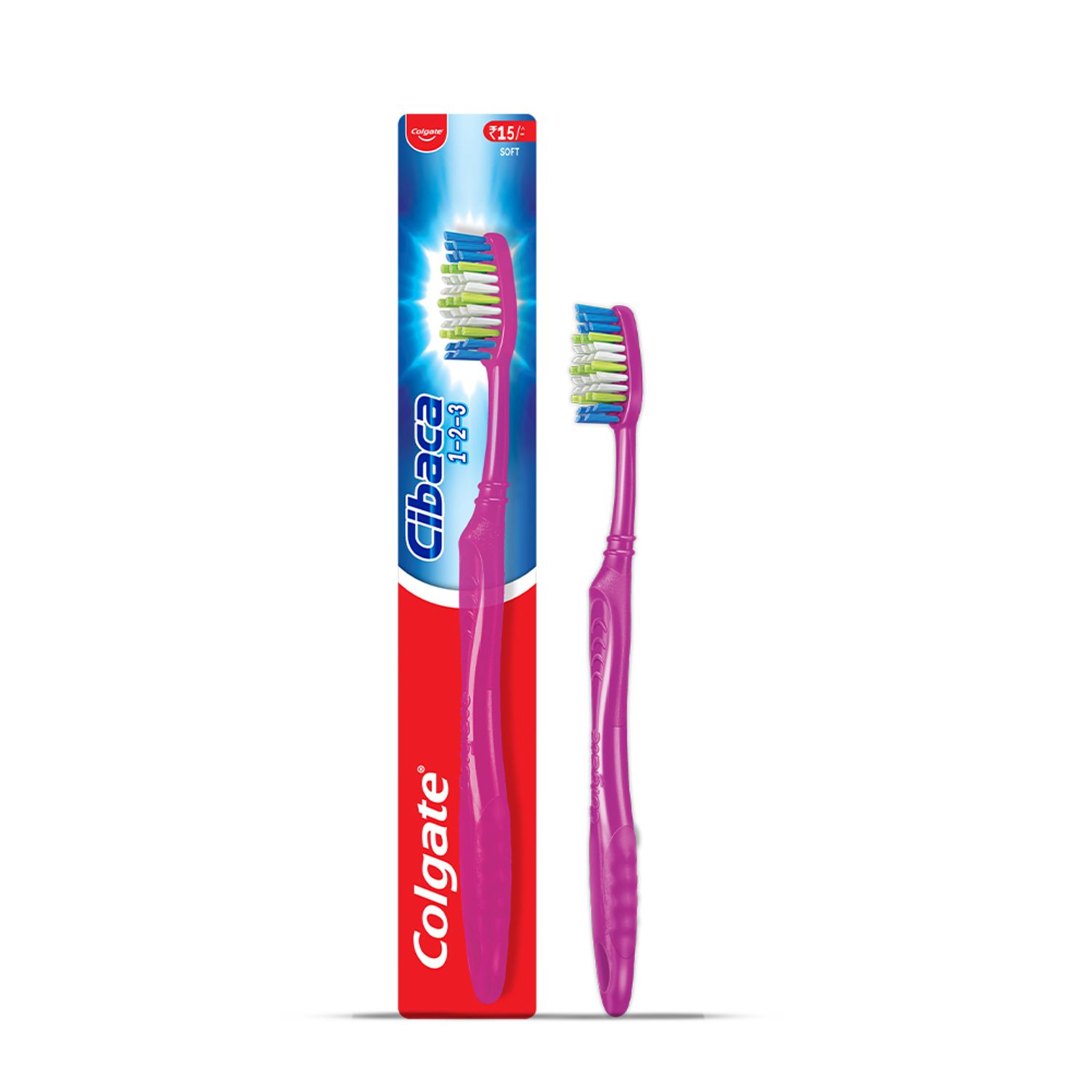What Are Sonic Toothbrushes?
A sonic toothbrush is a type of electric toothbrush that uses specific technology to remove plaque and clean teeth. According to a report of International Journal of Health Sciences and Research, most of the modern rechargeable electric toothbrushes typically have a frequency that ranges between 200 to 400 Hz, that is 12,000-24,000 oscillations or 24,000-48,000 movements per minute, whereas ultrasonic toothbrushes emit vibrations that are very high in frequency (minimum frequency of 20,000 Hz) but low in amplitude. The sonic waves massage the salivary glands, which increases saliva flow and assists with cleaning teeth.
Choosing a Toothbrush
Choosing the right toothbrush is just as important as developing a good oral care regimen. Consider handle style (It should feel comfortable in your hand.), head shape and style of bristles. A toothbrush with a small head makes it easier to reach every spot in the mouth. And soft bristles will clean your teeth without damaging your gums or enamel.
Many people have opted for electric toothbrushes, meaning the brush head spins or vibrates. These brushes may be a good choice for patients with arthritis or other medical conditions, as the wide, comfortable handle is easy to grip. The power switches are easy to access, and many electric brushes feature a timer that ensures you brush for two minutes. Keep in mind you will need to charge an electric toothbrush, but the battery life often lasts at least several days.
Studies have shown that electric toothbrushes have some benefits over manual ones. A report published in Cochrane found that using an electric toothbrush resulted in more plaque removal and gingivitis reduction than using a manual toothbrush.
Proper Brushing Technique
Whether you opt for a sonic toothbrush or not, make sure you brush correctly to provide the best care for your teeth. Use short, gentle strokes, and pay extra attention to the gumline, back teeth, crowns, fillings and other restorative work. Clean specific sections in the following order:
- Outer surfaces of upper teeth, then lower teeth
- Inner surfaces of upper teeth, then lower teeth
- Chewing surfaces
- Tongue to keep your breath fresh
Once you've brushed for two minutes, don't forget to floss! Remember to change your toothbrush (or toothbrush head) every few months and immediately after recovering from a cold. No matter what type of toothbrush you prefer, make sure you brush and floss regularly and schedule professional cleanings with your dentist.
This article is intended to promote understanding of and knowledge about general oral health topics. It is not intended to be a substitute for professional advice, diagnosis or treatment. Always seek the advice of your dentist or other qualified healthcare provider with any questions you may have regarding a medical condition or treatment.
ORAL HEALTH QUIZ
What's behind your smile?
Take our Oral Health assessment to get the most from your oral care routine
ORAL HEALTH QUIZ
What's behind your smile?
Take our Oral Health assessment to get the most from your oral care routine














